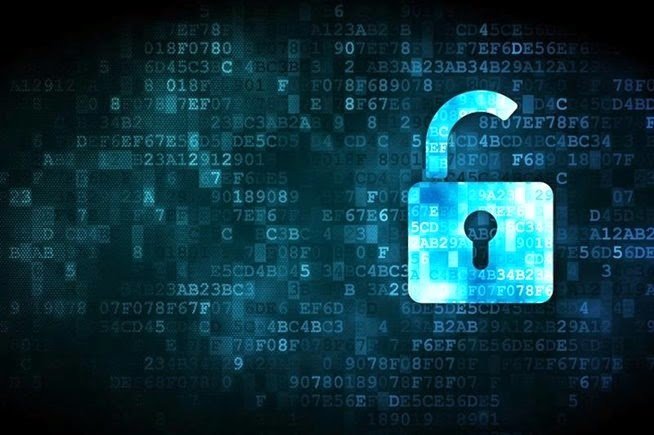Firstly, realise that cryptocurrencies aren't the same as fiat currency. Fiat currencies are fundamentally different to crypto because fiat money can only be created by creating debt.
Every Dollar, Pound Sterling or Euro for example had to be borrowed into existence. They are in fact IOU notes! Take a look at a bank note and you will see something in the line of: "THIS NOTE IS LEGAL TENDER FOR ALL DEBTS, PUBLIC AND PRIVATE" or "I PROMISE TO PAY THE BEARER ON DEMAND THE SUM OF". Most people think that reserve notes are backed by real government assets such as gold, but this is not the case! Just go and try to exchange that note for gold if you don't believe me.
The paper fiat money people use to buy goods and services changes value every second due to the fact that its not backed by anything else but the perceived value of that note. Just look at exchange rates for example. If we used real gold and silver as money, there would be no need for exchange rates!
Fiat is in short a tax and a form of control. Whenever a reserve bank print more money (quantitative easing) they are effectively taking money from you. This is all due to the fact that governments and banks control the money supply. A third party that has a hand in every transaction you'll ever make. This is also the reason for the push to a cashless society. Think about it!

Cryptocurrencies can not simply be borrowed into existence. Cryptocurrencies normally have a fixed supply or a fixed set of rules that determine how much new currency is created.
Bitcoin for example has a fixed supply of 21 million coins that has to be mined into existence. Etherium is also mined, but it doesn't have a fixed amount of coins that can be created. There's an easy to understand article about how Etherium is created here.
The key thing here is that crypto is decentralised and isn't controlled by a central authority. This is a big deal! It means that the value of the currency can't be manipulated as easily as fiat.
Crypto is completely transparent and eliminates the need for a centralised authority to act as a third party in transactions. For example: You can send bitcoin to anyone in the world without a third party, such as a bank, to verify that the money was sent and received by both parties. The transaction is verified and publicly visible in a ledger or blockchain. IOTA for example uses a technology called the Tangle whereas transactions are verified by users instead of miners and eliminates transaction fees in the process!
Transactions are generally fast and cheap or even free on the IOTA network.
The key factor in my opinion that provides the value in cryptocurrencies is trust. Every transaction or contract on a publicly visible ledger is the key to cryptocurencies. The elimination of fraud is one of the key benefits of using cryptocurency over regular fiat. You can send money to someone on the other side of the planet securely, cheap and fast.
In short: Fiat is a from of control whereas crypto offers freedom.
Nice with the tight summary in the end! Besides the differences between fiat and crypto, it is worth discussing whether cryptocurrency and blockchain is an alternative to a debt-based, trust-dependent, financial system and whether cryptocurrency will replace fiat currency. With the promise of a decentralised world where central powers cannot control the global economy, there are more and more people working hard towards a global economy that runs on cryptocurrency. We do what we can to make it easy to bank your coins and run your life on crypto at Blockbasis, but it is going to be exciting to see this generation literally having the opportunity for the first time ever to choose whether money is controlled and governed in a centralised or decentralised way.
You like crypto? Try some airdrops: https://crypto-airdrops.de